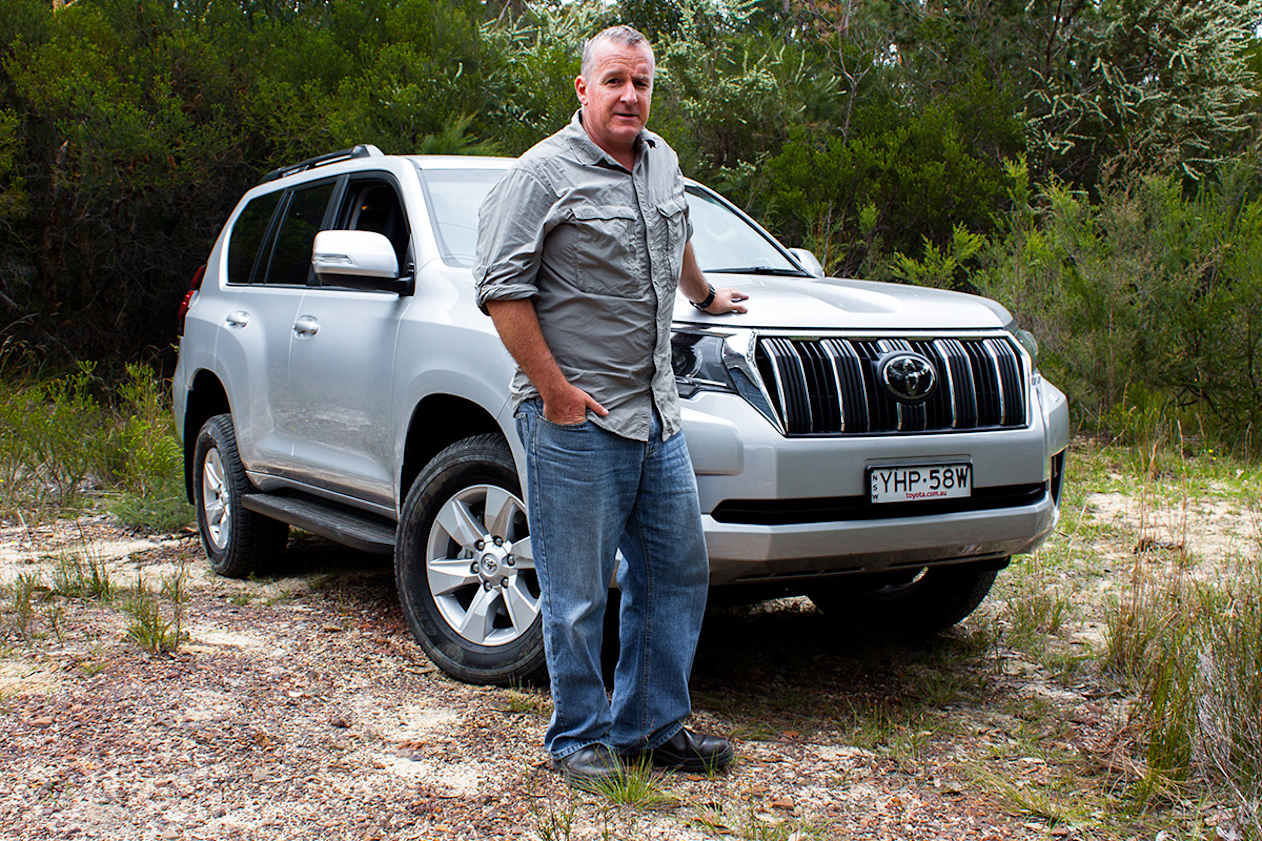Your 4x4 is an open ticket to a never-before-experienced world of off-road adventures. It has the bush-ready set-up (purpose-built engine and drivetrain with dual-range – high- and low-range – transfer case, suspension and more) aimed at getting you to places those with a two-wheel drive (2WD) or all-wheel drive (AWD) vehicle can only ever dream of.
The problem is there are plenty of 4x4 (four-wheel drive) owners who have never used low-range, or even know when they should use low range, or indeed how to engage four-wheel drive at all. There's no shame in that, and it's easy enough to get your head around the proper operation of it all once you have – that's why we're here.
Here are our tips for when (and how) to use low range.
High- and low-range explained (basically)
If you want a detailed explanation of a 4x4 system, go here but for the purposes of this yarn, remember these few basic points for those of us with an off-roader armed with a dual-range transfer case:
In 2H (two-wheel drive, high range) two wheels, usually the rear, are driving your vehicle. You use 2H for normal road driving.
In 4H (four-wheel drive, high range) all four wheels are driving your vehicle. You use 4H for surfaces on which you may need greater traction than you would for bitumen; think firm sand, dirt roads, gravel tracks and the like.
In 4L (four-wheel drive, low range), all four wheels are driving your vehicle and a low gear ratio is being used. Your vehicle's wheels will turn much more slowly than they would in high range, so slower speeds and more torque are the go. You use 4L for soft sand, sand dunes, steep hills and declines, deep mud or snow, and slow-going rock-crawling.
It used to be that you would have to engage high- or low-range using a little shifter near your main manual or auto shifter, and some of us from The Old Days even had to get out of our 4x4s and actually lock our manual locking hubs on the front wheels for off-road work; and then unlock them when switching back to 2H. Not any more; you can now switch to high- or low-range via a dial or knob in the cabin.
In many modern 4x4s you can switch from 2H to 4H without stopping, but still have to come to a complete stop to switch from 4H to 4L.
When to use low range
Use 4L when you need optimum traction and absolute maximum power. As we said before, in 4L (four-wheel drive, low range), all four wheels are driving your vehicle and a low gear ratio is being used.
Low-range is one of the keys to the kingdoms of beach and bush. You'll use low range to get you through soft sand, over soft-sand dunes, up steep hills and declines, through deep mud or snow, and it'll help you drive over rocks.
The lower gearing also gives your 4x4 vehicle better engine braking, which helps to control your progress on downhill sections.
How to engage low range
Before you switch to low range, deflate all of your tyres to a psi (pounds per square inch) pressure that suits the terrain. As we always say: get your tyre pressure right and that goes a long way to getting you across, over or through pretty much any natural challenge.
Aim for tyre pressure between 15 and 18psi for soft sand and soft-sand dunes, although you may have to go lower. Use between 20 and 25psi for mud or rocks, but again, you may have to drop pressure even lower.
To engage low range, stop your 4x4, put it into Neutral or Park, and use your dial to switch from either 2H to 4L, or (assuming you've been in 4H in the lead-up to the low-range terrain you're about to tackle) 4H to 4L.
Watch for an illuminated icon or lettering ('4L') on your instrument panel to indicate that 4Low has actually been engaged. Don't drive up the hill or onto the terrain you've selected 4L for until you are certain low-range is properly engaged.
Once you know 4L is engaged, shift into first gear, ease your foot off the brake and allow the vehicle to crawl up the hill, across the soft sand – whatever you're on.
In low range, let your vehicle do the work; use gentle acceleration, soft braking and, here's the secret, go slowly. Change up or down through the gears as required. Take your time and creep along.
You really don't need to do a whole lot more other than watch your wheel placement, check for hazards and enjoy the ride.
When not to use low range
Low range is generally for slow-going; don't use it for high-speed driving on any surface. In fact, don't use low range at speeds faster than 60km/h for long periods because that may result in serious damage to your vehicle.
Switch back to 2H
Make sure that when you've finished low range driving you inflate your tyres back to suitable pressures, and switch back to 4H (if you're back on firm sand, etc) or 2H (if you're back on the bitumen).
Too easy.


.jpg)

.jpg)


.jpg)






.jpg)

